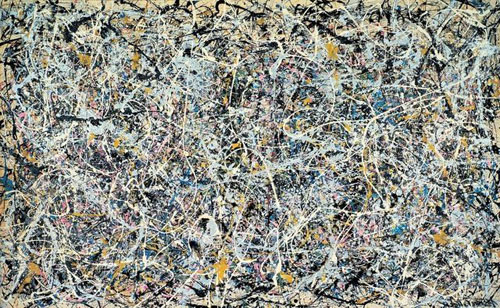Among all the beverages in the world, there is probably no other that has a so admirable and awe legend as the absinthe, traditionally called the green fairy in reference to both, its emerald color when it reaches the perfect distillation, in no case less than seventy degrees, and the magical world that it gives access to, an altered state of consciousness as fertile, active and potentially frightening that can lead you either to heaven or to hell.

That is why for the second romanticism, modernism and the symbolist movements, it became the drink par excellence, while leaving countless evidence of which there are testimonies in both, literature and painting of the last third of the nineteenth century and the early years of the twentieth century in the work of artists like Rimbaud and Verlaine to Oscar Wilde, Van Gogh to Picasso, until it was banned in 1915 on behalf of public health to save citizens from the dangerous and aberrant hallucinations that apparently only this beverage was capable of causing , something that was seen significantly more important than protecting them from the dangerous and abhorrent realities that those authorities had no qualms of prohibitionist fed through a war of unprecedented destructive power at that time, and which was proven to devastate chilling impact beyond the words.
There have never been enough words to adequately define the experience of drinking absinthe despite having been described countless times every single detail of its ceremony, also memorably represented in painting and in film. Due to its high ethyl content, you should place a teaspoon at the bottom of a glass and pour the herbal liquor. In it are placed a sugar cube on which cold water is poured to mix slowly the absinthe until the desired mixture, which invariably presents a white appearance similar to opal iridescent which was called the “louche” (gloomy), a term as alchemical sensitive resonances corresponding to the time and the transmutation of matter by the action of drinking occurs.
Currently the absinthe is still banned and can’t be sold in France, although it is possible to export it, Paris, is both a undisputed capital of art and culture as well as a bohemian mecca, the city was fully identified with the absinthe, something we seem to witness both at the entrances of Hector Guimard Metro and the fact that there was consumed in 1910 most of the more than 36 million liters of liquor were taken this year in France according to statistics.
Today, as you’ll see by yourself, if you rent apartments in Barcelona bars like the legendary Marseille or Zelig, all specializing in absinthe, make this amazing Mediterranean city the wondrous temple of the beloved Green Fairy drink.

 English
English

